Ophthalmic glass lens materials and manufacturing
Glass: Crown glass , barium , flint glass , titanium oxide glass, lanthanum crown glass Kamal ThakurLecturer (Nethradhama School of Optometry) Moptom optominsight.com
Glass: Crown glass , barium , flint glass , titanium oxide glass, lanthanum crown glass Kamal ThakurLecturer (Nethradhama School of Optometry) Moptom optominsight.com
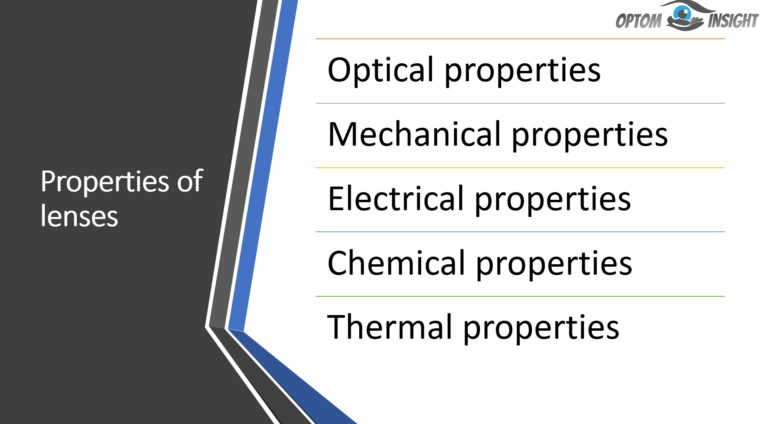
Optical properties: The optical properties of ophthalmic lenses encompass their unique characteristics that enable them to accurately refract and focus light, resulting in clear and precise vision. Mechanical properties: The mechanical properties of ophthalmic lenses encompass their physical attributes, including…
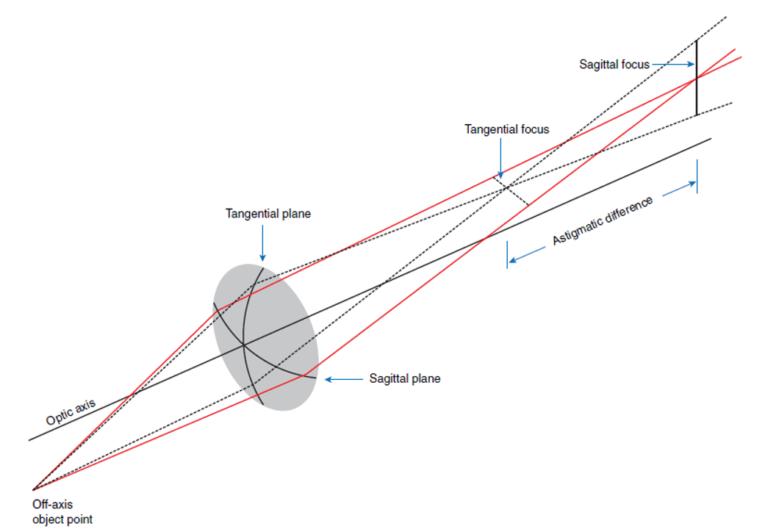
Aberration refers to the inability of a lens to create a perfect image of an object, resulting in imperfections in the formation of images within an optical system. Kamal ThakurLecturer (Nethradhama School of Optometry) Moptom optominsight.com

When a patient needs separate vision correction for both distance and near vision, they can opt for lenses that integrate these corrections into two distinct areas on each lens. Each area possesses its own focal properties tailored for specific distances.…
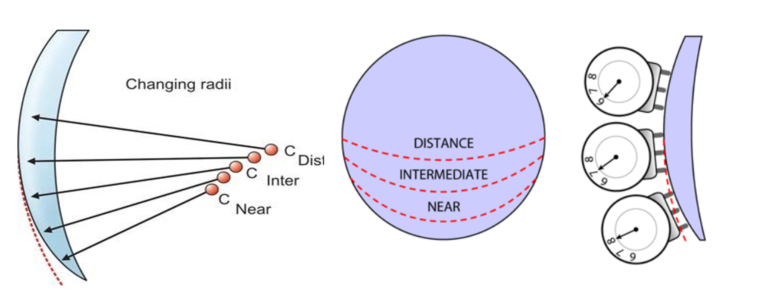
Progressive addition lenses are single-piece lenses that feature a smooth transition in curvature across the lens surface. The curvature gradually increases from the upper distance portion to the lower near portion. Unlike bifocal or trifocal lenses, progressive lenses offer a…
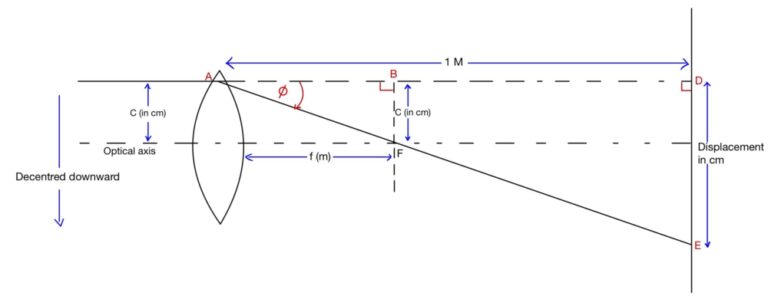
Prism power Prism power is the amount of light displaced in centimetres at a distance of 1m away from the prism or lens. Prism power is denoted by Δ Δ = Image displacement in centimetre / 1 Meter Suppose a…
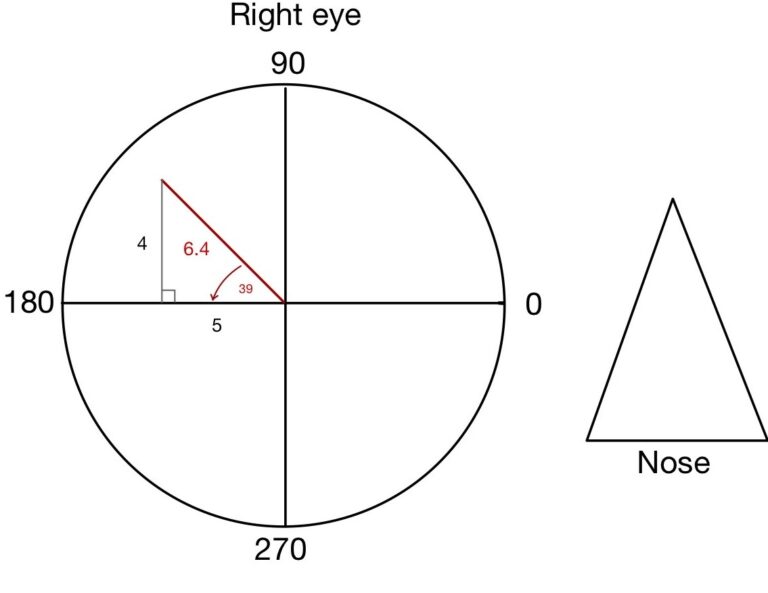
Introduction In a few cases of prism prescriptions, where both horizontal and vertical prisms are required to correct the deviation. In such a case, one single prism can be computed in the manufacturing process to have the exact same result as…
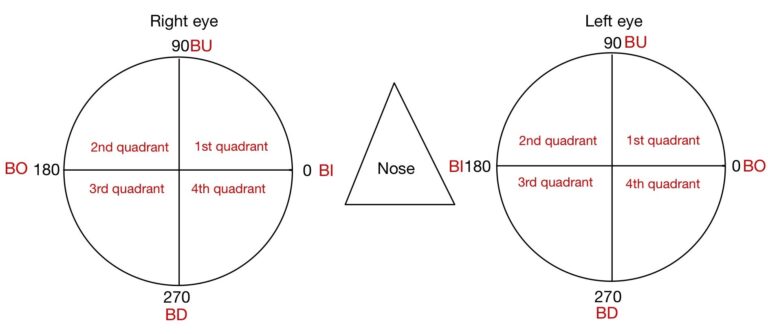
Prism orientation Unlike cylindrical lenses where the axis of cylindrical lenses is noted from 0 to 180, prisms have a base direction throughout 360 degrees. Whereas, a cylindrical lens axis of 90 degrees is similar to 270 degrees but in…

Prisms are wedge-shaped lenses that divert light towards their bases without altering their vergence. An optical prism is a transparent solid device that bends light. It is often composed of glass or plastic. It has two flat surfaces that are usually…
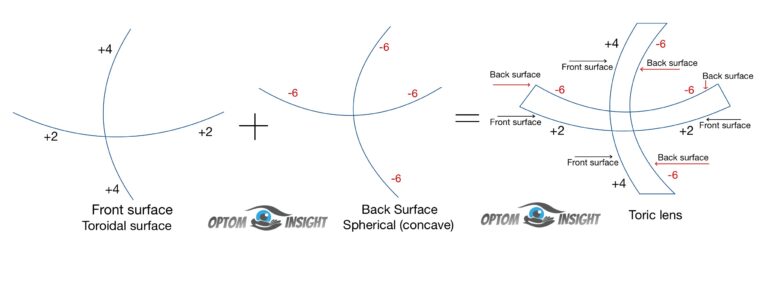
What is a Toric lens? A toric lens is defined as a lens which has one surface toroidal (one of the principal meridians is more curved than the other principal meridian) and another surface of the lens is spherical (convex…